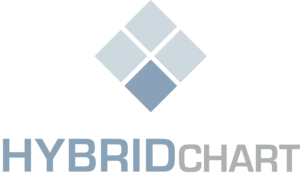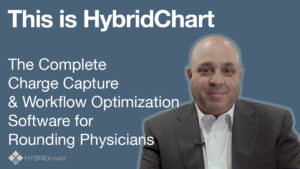Discharge Planning: The activities that facilitate a patient’s movement from one health setting to another, or to home. It is a multidisciplinary process involving physicians, nurses, social workers, and possibly other health professionals; its goal is to enhance continuity of care. it begins on admission.
In simpler terms, discharge planning is a process used to decide what a patient needs for a smooth transition from one level of care to another. A trip to the hospital can be an intimidating and frightening experience for patients and their families as well. In the moment, the focus is on the medical treatment and you may not be giving much thought to what happens after leaving the hospital. But the fact is, the most critical piece to the health and well-being of the patient is the way the discharge is handled. Studies have found that improving the discharge planning process can dramatically improve patient outcomes as they move on to their next level of care.
Family members, healthcare providers, and even the patients themselves all play vital roles in maintaining a patient’s health after discharge. Even though this is such an important part of a patient’s overall care plan, there tends to be a lack of consistency in the quality and process of discharge planning across the entire healthcare system.
If there are any misunderstandings during the discharge process there can be a downward spiral of delayed discharges, patient outcomes and unnecessary stress on the patient, their family and the staff. Remember these important elements of the discharge planning conversation with the patient and their families to ensure the best care.
Your Reminder Checklist for Hospital Discharge Planning Discussion Tips for Patient Families
- Identify patient’s family caregiver(s) and acknowledge their roles in the family and in caregiving
- Thoroughly explain the patient’s diagnosis and condition as well as the tasks that the patient will need help with
- Improve communication between the hospital and community-based services
- Discuss in detail what the caregiver will need including their availability and ability to take on certain tasks and education needs
- Identify preferences for discharge location
- Discuss financial implications of discharge options
- Develop educational materials to help patients and family members navigate better patient outcomes
HybridChart: Discharge Planning to Reduce Readmission Rates
While much of the burden for safely sending a patient home, or to long-term care, after their hospital stay falls on the discharge staff at the hospital, you as a provider need a way to ensure proper follow-up is scheduled in your office. You may also want to ensure the patient’s disposition is known and reportable. As healthcare laws evolve, it becomes increasingly important to make sure you are effectively managing the discharge process to keep your hospital readmission rates as low as possible.
HybridChart has an easy, flexible workflow already designed with the patient’s follow-up care in mind. Our system allows you to identify high risk patients and can be customized to automatically add specific protocols and processes for following up on these patients. This way you have the peace of mind that all steps are taken care of appropriately. This feature has helped HybridChart customers significantly reduce their readmission rates. One customer was able to reduce hospital readmission rates to 1/3 that of the national average!
Effective hospital discharge is an important step in the patients’ overall recovery. This discharge planning checklist will ensure a smooth and seamless discharge.
By helping patients and their family make realistic and appropriate choices will make the day of discharge and the transition process a whole lot smoother for them and for you.
Learn how to streamline your practice and reclaim what’s most important to you: your time. Download Your Complete Guide to a Streamlined Practice & Happy Team here.








